50+ Sample Program Budgets
-

Construction Grant Program Budget
download now -
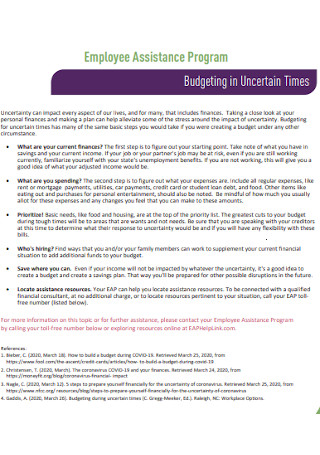
Employee Assistance Program Budget
download now -
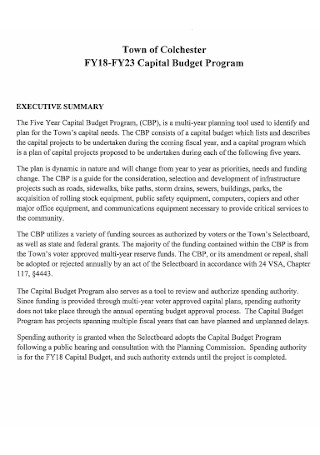
Program Capital Budget
download now -
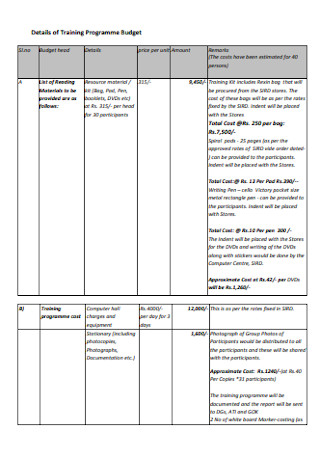
Program Training Budget
download now -

Sample Capital Program Budget
download now -

Program Budget Checklist
download now -
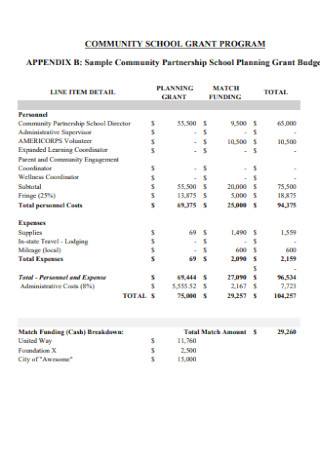
School Grant Program Budget
download now -
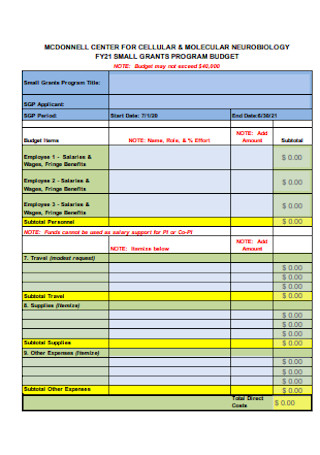
Grant Program Budget Form
download now -
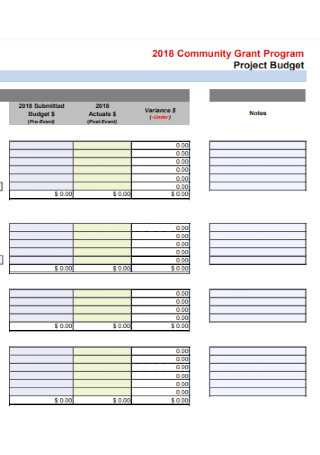
Program Project Budget
download now -
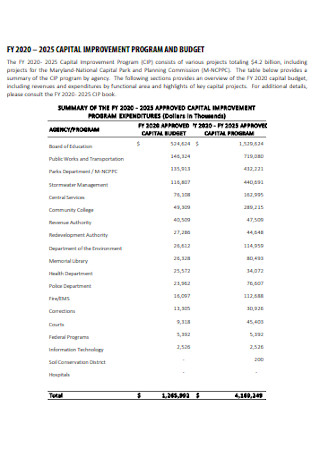
Capital Improvement Program Budget
download now -
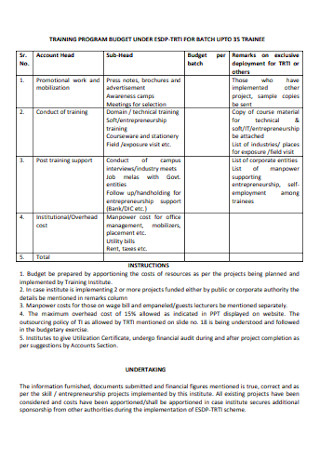
Sample Program Training Budget
download now -
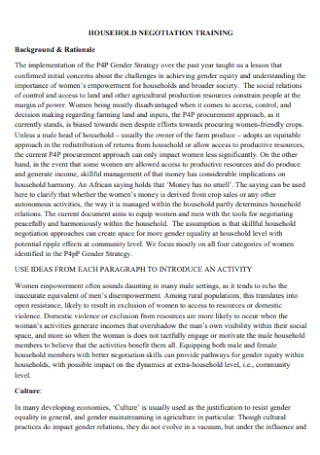
Household Training Budget
download now -
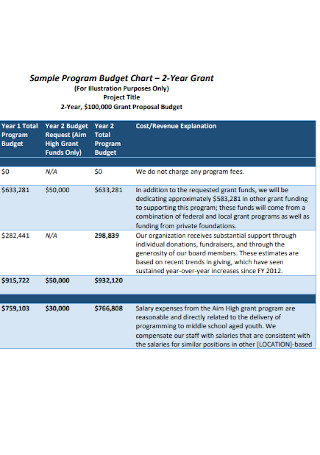
Sample Program Budget Chart
download now -
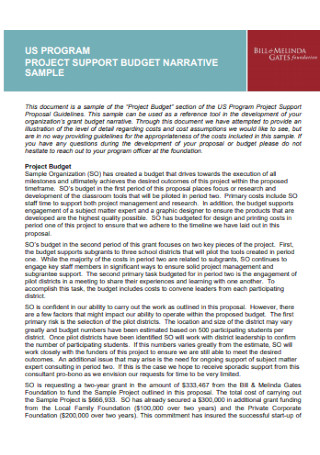
Project Program Budget Example
download now -
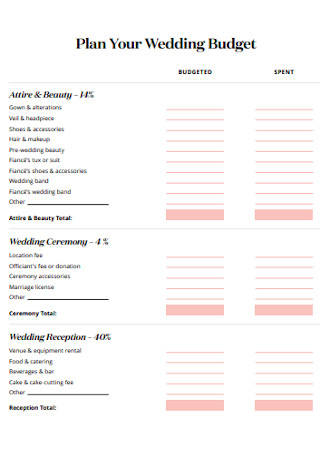
Wedding Plan Budget Template
download now -
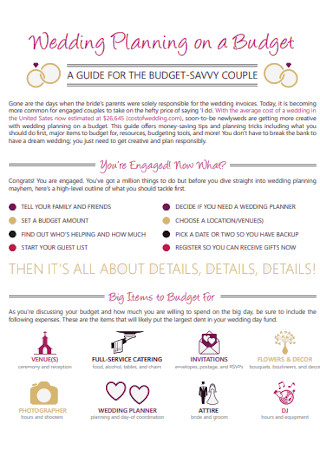
Wedding Planning on Budget
download now -
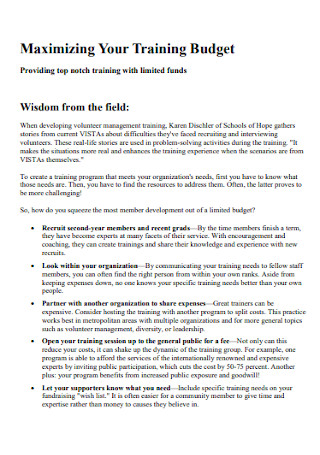
Maximizing Program Training Budget
download now -
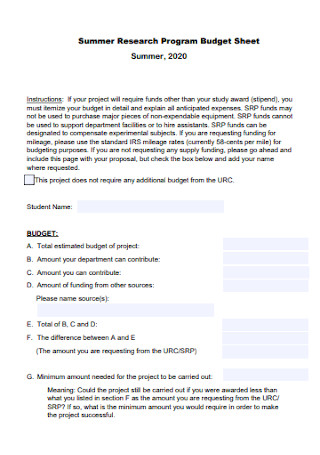
Program Research Budget
download now -
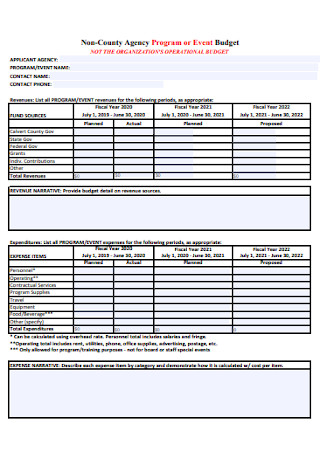
Event Program Budget
download now -
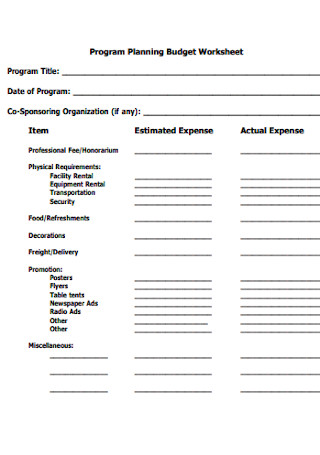
Program Planning Budget
download now -
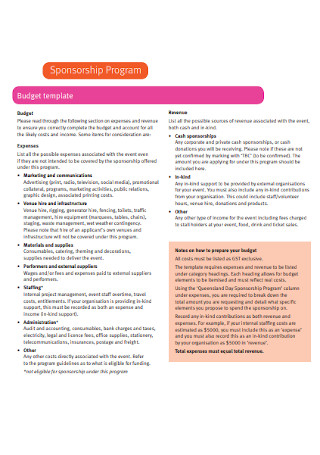
Program Sponsorship Budget
download now -
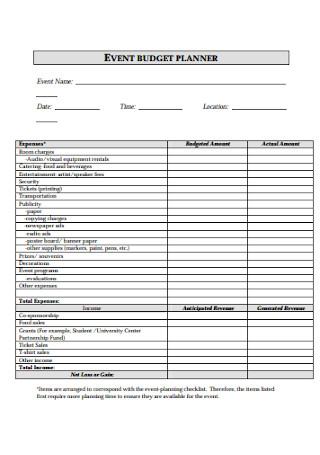
Event Planner Budget Template
download now -
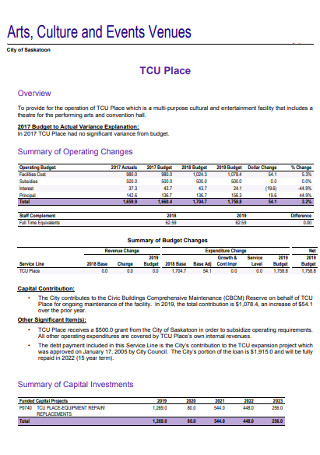
Event Business Budget Template
download now -
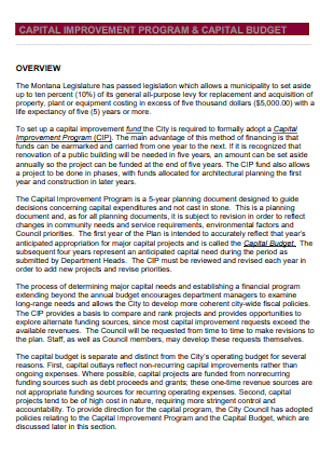
Basic Program Capital Budget
download now -
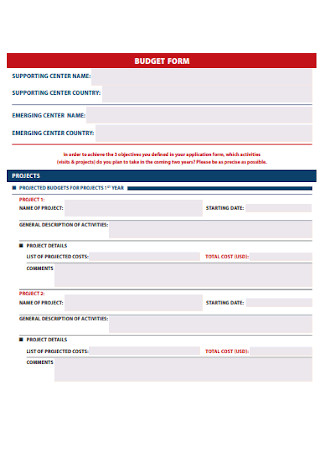
Simple Program Budget Form
download now -
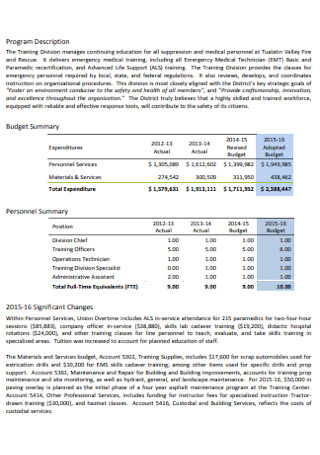
Program Training Budget Format
download now -

Program Budget Form
download now -
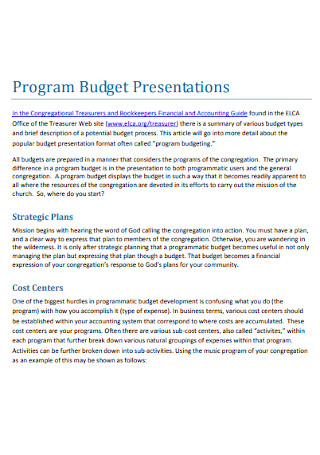
Program Presentations Budget
download now -

Sample Program Budget Chart
download now -
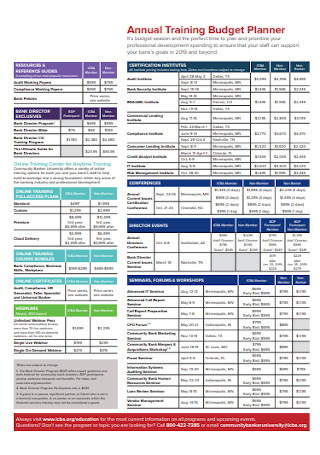
Annual Program Training Budget
download now -

Sample Training Program Budget
download now -
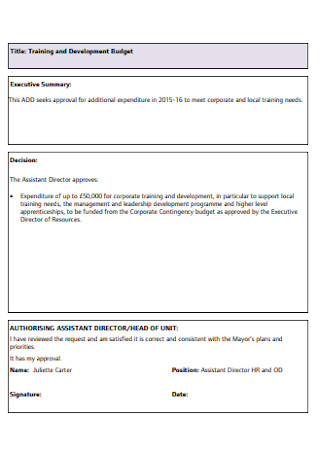
Training and Development Budget
download now -
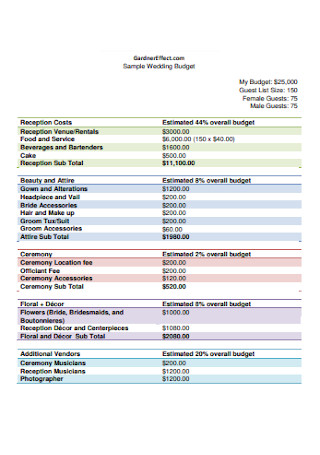
Sample Wedding Program Budget
download now -
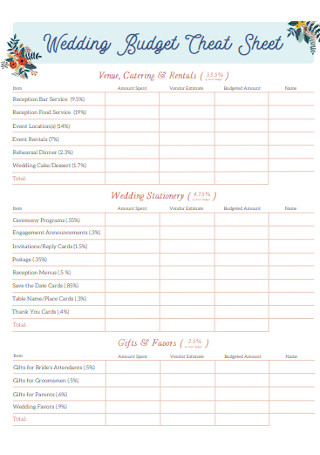
Wedding Budget Cheat Sheet
download now -
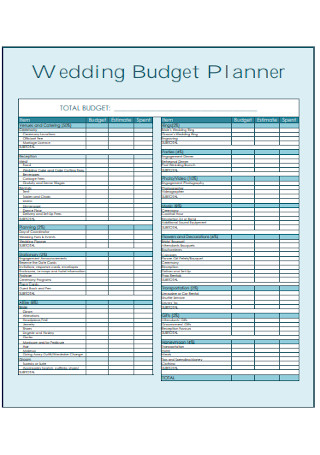
Program Wedding Budget Planner Template
download now -
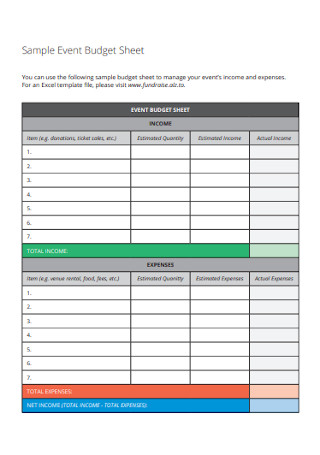
Sample Event Program Budget Sheet
download now -
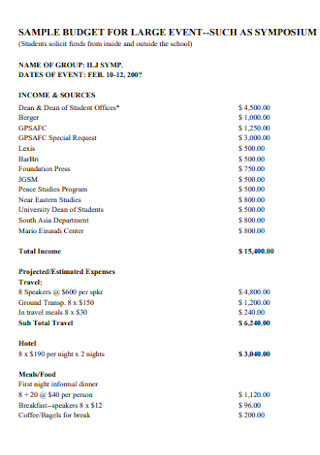
Sample Budget for Large Event
download now -
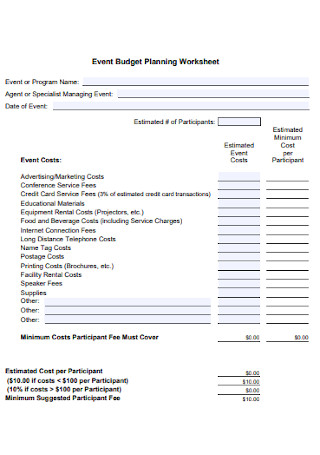
Event Budget Planning Worksheet
download now -
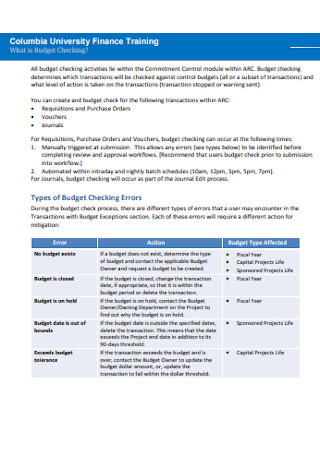
Program Training Finance Budget
download now -

Training Programme Budget
download now -
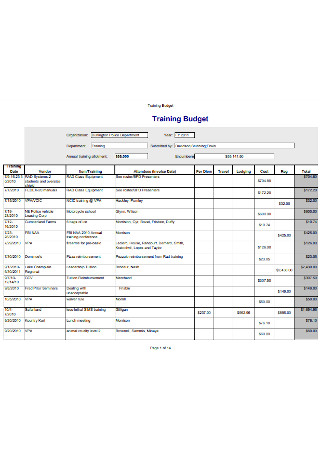
Basic Training Budget Template
download now -
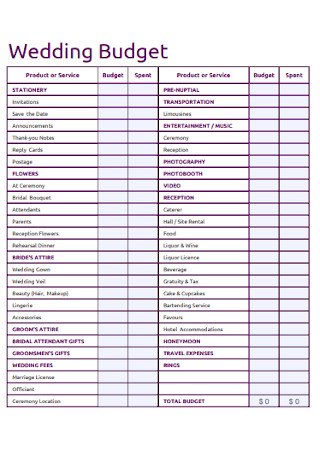
Simple Wedding Budget Template
download now[/ns_li -

Travel Training Budget Template
download now -
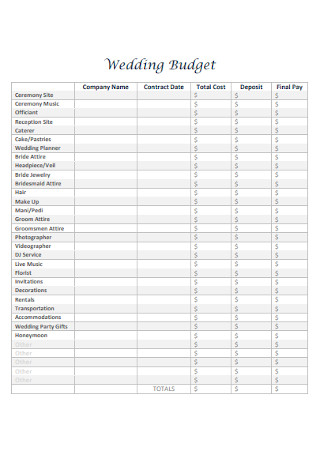
Wedding Company Budget
download now -
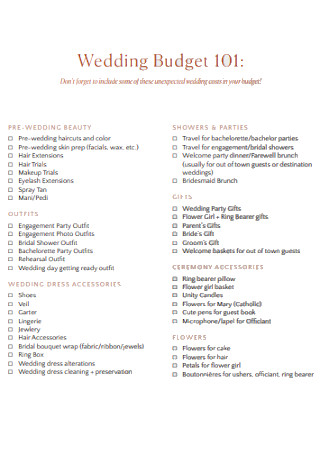
Wedding Budget Checklist
download now -
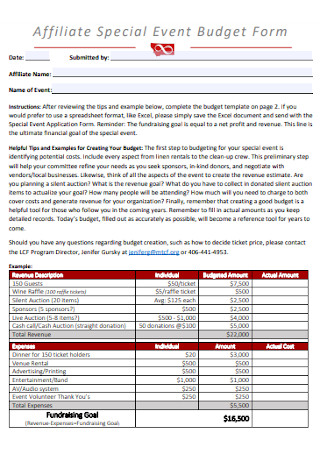
Affiliate Special Event Budget Form
download now -
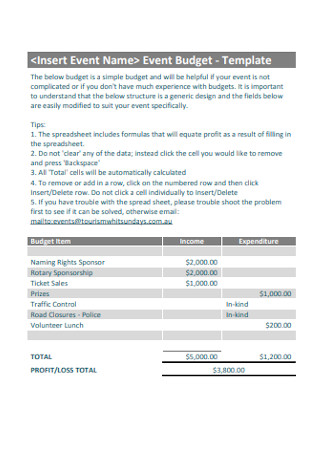
Basic Event Budget Template
download now -
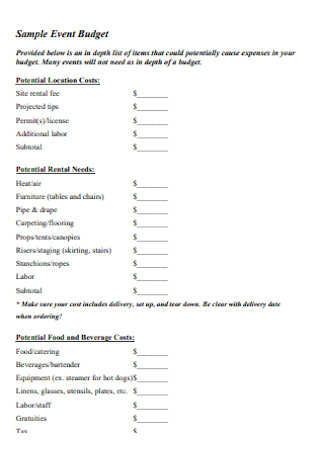
Sample Event Program Budget Example
download now -
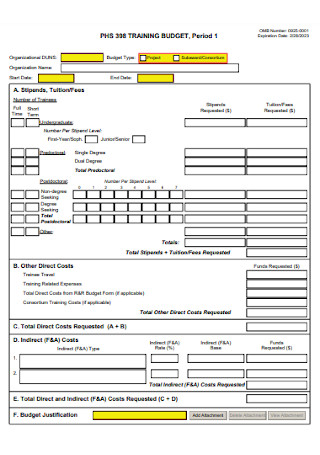
Standard Training Budget
download now -
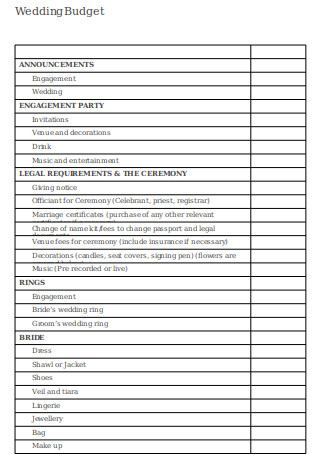
Wedding Program Complete Budget Sheet
download now
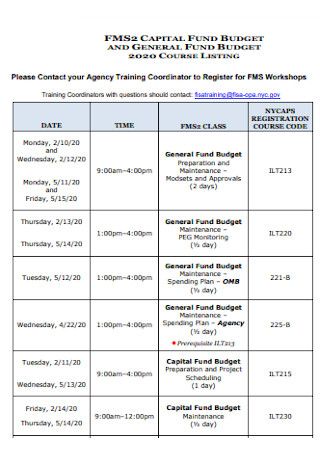
Training Fund Budget Template
download nowFREE Program Budget s to Download
50+ Sample Program Budgets
What Is a Program Budget?
Different Types of Program Budgets
Benefits of Program Budgets
How to Create a Program Budget
FAQs
What is the main purpose of budgeting in program planning?
What are the basic elements of a budget?
What are some examples of program budgets?
How to plan a program budget?
Why is budgeting essential in program development?
What Is a Program Budget?
A program budget is an all-inclusive and well-constructed financial statement in a program management plan as it includes all the costs of the development and implementation of the program by a business, company, government agency, or nonprofit organization. It is an important roadmap that demonstrates exactly what the program development team does and how much the program costs. It provides sufficient information on the detailed costs of every activity or program that is to be accomplished with a specific budget. Program managers use this to easily know what are the specific tasks that will be carried out in the program, at what cost, and with what anticipated outcomes to facilitate accuracy and transparency in the program management operations and responsibilities.
According to a 2022 statistical report published by Clutch, around 54% of small business firms have an official budget for the following year as they see value in keeping a budget and they anticipate increasing their budget next year, looking forward to a profitable business environment as the COVID-19 pandemic eventually subsides. Thus, it is integral for business firms, government agencies, institutions, and nonprofit organizations to construct an achievable program budget while utilizing a well-designed budget spreadsheet for their program plan so that they can construct a budget based on their needs, preferences, and specifications.
Different Types of Program Budgets
There are various types of budgets and budgeting methods commonly used by many businesses and organizations for their programs and projects such as activity-based, incremental, value proposition, and zero-based. Consider what type of program budget you will use in your personal life or professional work.
1. Construction Grant Program Budget
A construction grant program budget is a construction budget prepared for most federal construction program grants and loans due to community social and economic needs, mitigation of imminent threats to community health and safety, program-related eligibility, and disaster recovery. Think about all aspects involved when your business, organization, or community accepts a federal grant. Be realistic when you estimate the costs within the permitted funding range needed to carry out the project. Ask your architect-engineering firm’s cost estimation personnel who make construction estimates according to the industry cost data and general scope of work, or you may opt to ask for the help of a professional cost engineer who is an expert in estimating construction costs. Explain how all the necessary project costs will be funded.
2. Marketing Event Program Budget
Create a realistic event budget for your marketing project plan and corporate marketing event. Consider how to control costs on hotel rooms, meeting rooms, food and beverage, concessions, and travel, consolidate technology with event automation, and minimize labor hours or shift work hours to more meaningful work. This program budget will help you be prepared for every aspect of the event and make sure that you save and avoid spending exceedingly. A well-structured program budget template for your marketing event is a fantastic document when planning in detail and preparing for unexpected situations. Include the costs of the travel and accommodation, food, staff compensation, facility expenses, logistics, and marketing and PR.
3. Employee Training Program Budget
An employee training program budget is used in a new employee training plan to estimate the costs for an employee development program. This training program helps business and corporate firms to increase employee engagement, retention, and productivity, decrease the need for supervision, improve customer service, and boost sales. Consult your HR department for suggestions on employee training and development budgets as they guide you in handling employee motivation levels and business inefficiencies. Assess the employee training needs of your business by researching which skill deficit is influencing performance and productivity. Consider major factors in managing training expenses such as the training delivery methods, training materials like workbooks and videos, staff time, instructor fee, travel, lodging or meal expenses required if applicable, ongoing training, and contingencies.
4. Wedding Program Budget
A 2021 study revealed that the average cost of a wedding is $28,000. If you are planning your wedding program this year, it is crucial to construct a reliable wedding program budget and use wedding budget worksheets. Search for a sample wedding budget breakdown with percentages so that you can easily determine how to allocate the available funds you have. Be sensible about what you are willing to pay for your wedding. Discuss with your event planner about what you have to spend and how you should prioritize the investments. Consider the guest list size, the venue, the date and time, and the wedding style.
Benefits of Program Budgets
Program budgets are generally aligned to the business, organizational, or personal goals. That’s why program managers create specific results with a specific target audience in mind. Various programs in society bring value to their intended audience, clients, and stakeholders. What are the valuable benefits of program budgets in program development planning?
How to Create a Program Budget
Do you need to prepare an efficient program budget for your nonprofit organization? Take note of the basic steps you need to do so that you can create a practical budget for your program.
Step 1: Define the Program, Format, and Costs
Identify the main goal and purpose of the program you are currently working on. Describe every activity or grant in your program. Divide the activities into different categories and outline them in your program budget. Calculate and determine the real cost of the activities and tasks in your program. Use an accounting system so that you are able to understand all costs while organizing your entire budget and allocations. Define direct and indirect costs such as the program’s administrative or management costs and general costs.
Step 2: Choose the Right Allocation Approach and Methods
Think carefully and decide how to allocate the costs properly. Make sure that you use reasonable and justifiable allocation approaches and methods. Choose from the general types of allocation approaches including line-item, performance, program, zero-based, and hybrids.
Step 3: Demonstrate a Series of Mini-Budgets
List down the items and activities needed for the development of your program. Provide the cost of each of the activities that your nonprofit organization and the department will do. Specify the total cost of each program service and establish spending levels and priorities accordingly.
Step 4: Develop the Draft Expense and Income Budget
Determine the costs or expenses to attain the goals and objectives of your program. Identify the costs to accomplish the business, organizational, and strategic goals. Forecast the income budget based on the current fundraising and program revenue activities and project new income according to the new program activities.
Step 5: Review and Finalize the Program Budget
Examine your draft budgets and verify if they meet the goals and objectives of your program and business or organization. Review and discuss all the assumptions carefully. Finalize your budget and present it to any committees and to the board for approval.
FAQs
The main purpose of budgeting in program planning is to set up an estimation of the program’s cost from start to end and to allocate the right amount of the budget to each need. This will avoid unnecessary costs and expenses while working on the program.
The basic elements of a budget are estimated revenue, fixed cost, variable costs, cash flow, profit, and one-time expenses.
Some examples of program budgets are construction grant program budget, employee assistance program budget, program capital budget, program training budget, school grant program budget, grant program budget, capital improvement program budget, household training budget, program budget chart, wedding program budget, program research budget, event program budget plan, program sponsorship budget, and event planner budget.
Decide which certain activities and tasks you will incorporate into your program. Describe the goal and purpose of your program. Define the direct and indirect costs and choose your preferred allocation approach and methods. Determine the specific and general income categories assigned directly to the program. Allocate administrative costs and fundraising costs. Lastly, analyze your full program budget.
Good budgeting is essential in program development because it allows the program managers to determine how much revenue is needed to fulfill the goals of the program and the business or organization. It is beneficial when creating financial goals for the teams and the company as a whole.
What is the main purpose of budgeting in program planning?
What are the basic elements of a budget?
What are some examples of program budgets?
How to plan a program budget?
Why is budgeting essential in program development?
One of the crucial aspects of the program development process is developing a cohesive and sensible program budget. Determine all costs and expenses and organize your processes and resources so that you can fulfill your goals, objectives, and desired outcomes. We have sample program budget templates that you can easily use for your program budgeting including our employee training program expense budget templates, product research development program budget templates, and more.
